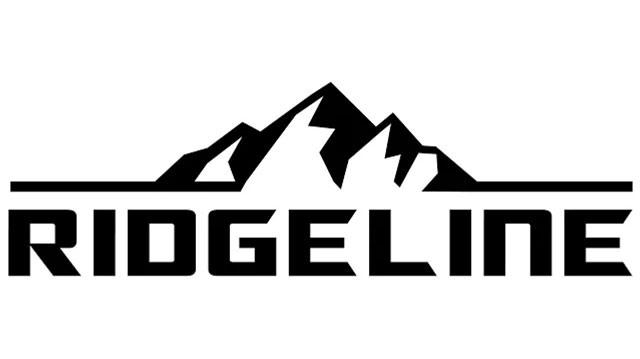
Fundamentals, Accuracy and Speed Test (F.A.S.T) Drill
This drill was developed by the late Todd Green, to combine several important pistol fundamentals in one test with a relatively low round count. One of the biggest benefits of this test is that it can be done with limited range space, concealed or duty rig, with commonly found targetry. This drill works several mechanics; draw stroke, presentation, recoil management, reloads, target transitions and cadence. Here’s what you need to run it:
The Setup:
A 3×5 inch card for the head zone and an 8” plate or circle for the body zone. One pistol mag loaded with 2 rounds (in the gun) and one pistol mag loaded with 4 rounds. At the 7 yd line, the shooter will draw from concealment or duty rig on the buzzer and fire 2 rounds to the 3×5 inch card, conduct a slide lock reload and engage the 8” circle with 4 rounds.
Scoring:
- Misses on the 3×5 card = 2 seconds per
- Misses on the 8” circle = 1 second per
- Expert- 5 seconds or less
- Advanced- 5-7 seconds
- Intermediate 7-10 seconds
- Novice 10 + seconds
The Breakdown:
This drill is a blast to run, it blends speed and marksmanship into one low round count drill. To be successful some of the things you are going to have to do is focus on getting that grip built correctly at the beginning of the drill and after the re-load. I too often see the wheels fall off after a reload is done and the shooter rushes to get the gun back up without getting that grip built again. This drill is fairly easy at face value, 6 rounds, two targets. It’s only when we get sucked into the shot timer that things get weird. So here’s a pro-tip, shoot the mechanics and not the drill. What I mean by that is, if you run each portion of the drill focused on the mechanics you will likely find a pretty decent time and overall score.
Why run this drill:
Well in the world of combatives, A 3×5 inch card more or less represents the CNS (central nervous system) hit zone when we are talking anatomy and the same goes for the 8” circle for the thoracic cavity. For the competitive shooter this drill offers cadence, variable target size, a transition, reload and recoil control. These are the backbones of a good IDPA or IPSC stage. Besides that, it’s fun. I often see people run drills they are “good” at and while I support fine tuning a skill on a given drill, shooting is more a living thing than a flat range stage, meaning; a range drill or stage can be set up a million different ways and combatively, the world adapts. Bruce Lee said “it’s not the man who practices a thousand kicks one time that worries me, it’s the man that practices one kick a thousand times that does” or something like that… So back to the run different drills thought, the more you show your brain or ask your brain to do, the more adaptable it will be in a situation that it hasn’t experienced before, that’s why it’s important to try different and new drills.
So how do we succeed in this drill… making sure that you have built a solid foundational grip on the draw and after the reload is going to make a big difference on how this drill plays out for you. Anyone can get away with shooting one round with a compromised grip but when you have several follow up shots to make and the grip is not solid, it will instantly show in accuracy. The time standards are really robust in this drill and that’s a good thing. I prefer a drill that takes me to my limit and shows me that I wasn’t quite fast or accurate enough but don’t let those numbers worry you. Set the proper fundamentals and the times will come. Give the drill a try and let us know how it shakes out for you…


